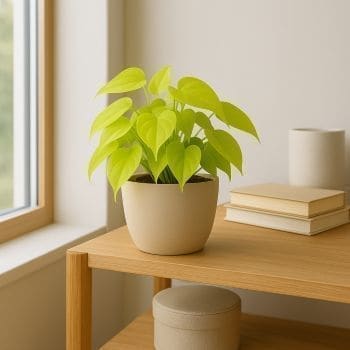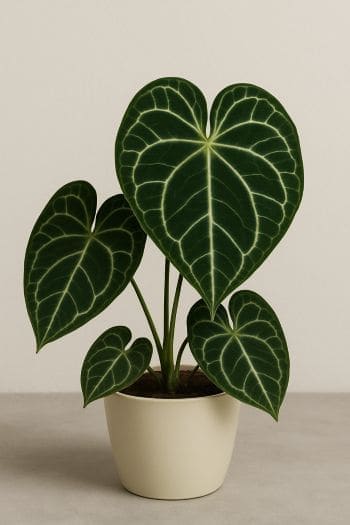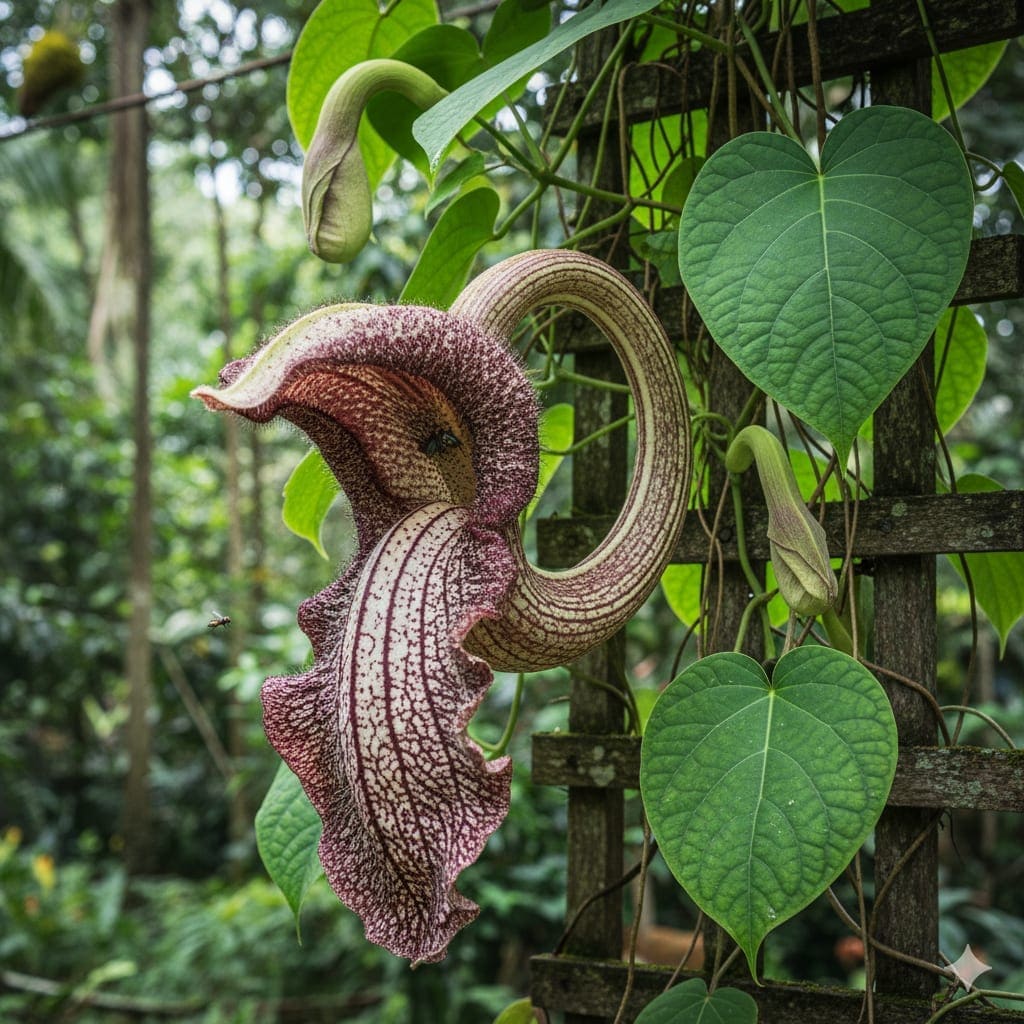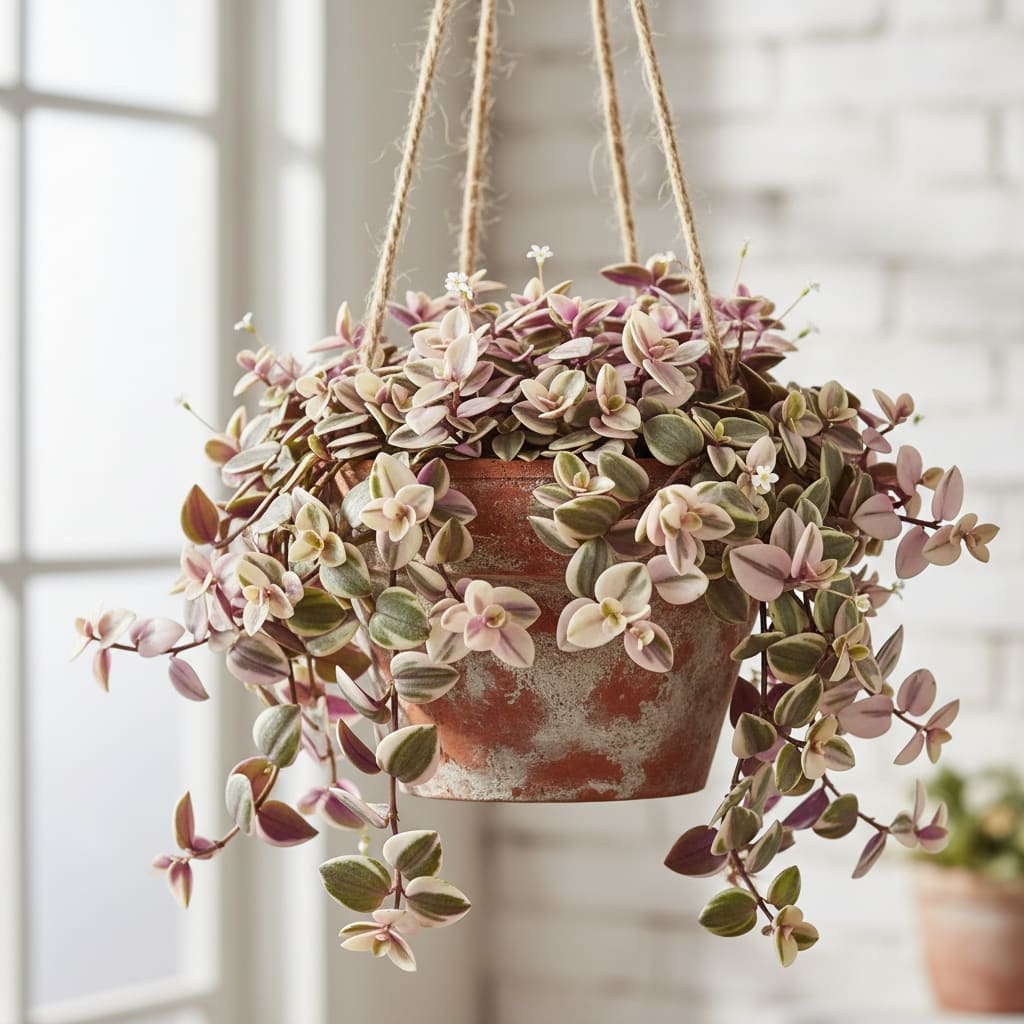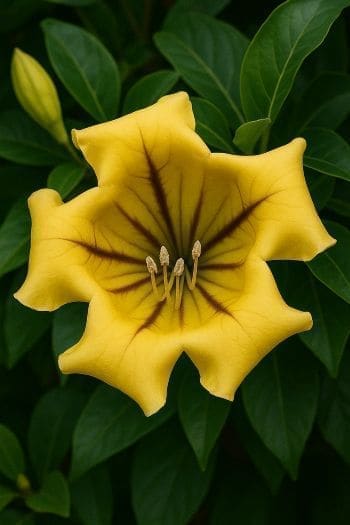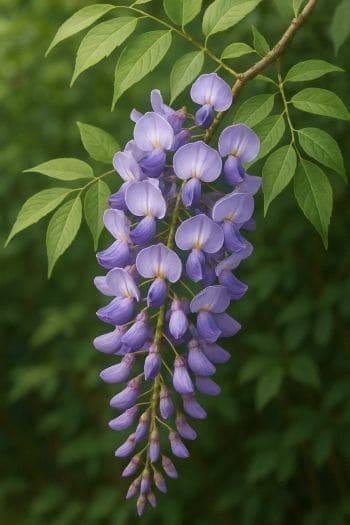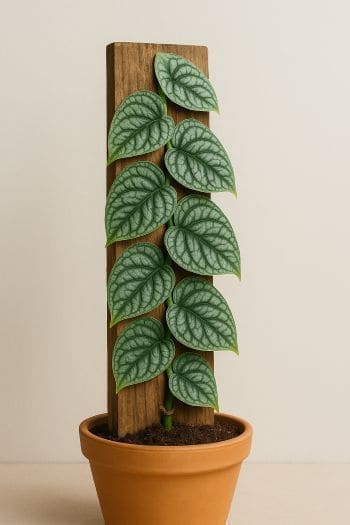Philodendron hederaceum ‘Lemon Lime’ Care & Growing Guide
Overview
Philodendron hederaceum ‘Lemon Lime’ is a striking cultivar of the heartleaf philodendron, prized for its vivid chartreuse to golden-yellow foliage. Native to the tropical rainforests of Central and South America, this trailing and climbing plant brings a pop of color to indoor spaces while remaining relatively easy to care for. Its adaptability to various indoor conditions makes it a favorite among both novice and experienced plant owners.
In its native habitat, this philodendron grows beneath the forest canopy, climbing tree trunks and sprawling along the forest floor. Indoors, it can be trained to climb a moss pole or trellis, or allowed to cascade from shelves and hanging baskets.
Identification & Growth Habit
The ‘Lemon Lime’ features elongated, heart-shaped leaves that emerge in bright, almost neon yellow and mature to a softer, lime-green tone. Stems are slender and flexible, supporting a vining habit that can reach several feet in length under ideal conditions. Growth is generally moderate, with faster development during the warm, bright months of spring and summer.
- Leaf shape: Heart-shaped, smooth texture
- Leaf color: Bright yellow to lime-green
- Growth habit: Trailing or climbing vine
Light & Placement
For optimal foliage color, place the plant in bright, indirect light. A position near an east- or north-facing window, or a few feet back from a bright south- or west-facing window, works well. While it can tolerate lower light, the leaves may become darker green and lose some vibrancy. Avoid direct midday sun, which can scorch the delicate leaves.
Watering & Humidity
Water when the top 2–3 inches of soil feel dry to the touch. Use room-temperature water and allow excess to drain away; never let the plant sit in standing water. Overwatering can lead to root rot, a common issue in philodendrons.
This plant prefers moderate to high humidity (50–60%). In dry indoor environments, consider:
- Grouping with other plants to create a humid microclimate
- Using a humidifier nearby
- Placing the pot on a pebble tray with water (without submerging the base)
Soil & Repotting
Use a well-draining, organic-rich potting mix. An aroid mix containing peat moss or coco coir, perlite, and orchid bark is ideal. The chunky texture allows air to reach the roots while retaining some moisture.
Repot every 1–2 years or when roots begin to circle the pot. Choose a container with drainage holes to prevent waterlogging.
Fertilizing
Feed monthly during the active growing season (spring and summer) with a balanced liquid fertilizer diluted to half strength. Reduce feeding in fall and winter, when growth naturally slows. Overfertilizing can cause salt buildup and leaf burn, so flush the soil occasionally with plain water.
Pruning & Training
Regular pruning helps maintain shape and encourages bushier growth. Use clean, sharp scissors to trim leggy stems just above a node. The ‘Lemon Lime’ can be trained to climb a moss pole, trellis, or other support, mimicking its natural growth habit. Alternatively, allow stems to trail freely from a hanging basket for a cascading effect.
Propagation
Philodendron ‘Lemon Lime’ is easy to propagate via stem cuttings. Here’s a step-by-step guide:
- Select a healthy vine and cut a segment just below a node (where leaves and aerial roots emerge).
- Remove the lower leaf to expose the node.
- Place the cutting in a jar of clean water or directly into moist potting mix.
- If rooting in water, change the water every few days to keep it fresh.
- Roots typically develop within 2–4 weeks. Once roots are a few inches long, pot the cutting in soil.
Common Problems
Pests
- Spider mites: Look for fine webbing and speckled leaves. Treat with insecticidal soap or neem oil.
- Mealybugs: White, cottony clusters on stems and leaf joints. Remove manually and treat with horticultural oil.
- Aphids: Small green or black insects on new growth. Rinse off or use insecticidal soap.
Diseases
- Root rot: Caused by overwatering and poor drainage. Remove affected roots and repot in fresh, well-draining soil.
- Leaf spot: Brown or black spots may indicate fungal or bacterial infection. Remove affected leaves and improve air circulation.
Toxicity & Pet Safety
Philodendron hederaceum ‘Lemon Lime’ is toxic to cats, dogs, and humans if ingested, due to calcium oxalate crystals. Keep out of reach of pets and children, and wear gloves when pruning if you have sensitive skin.
Styling & Decor Tips
The vibrant foliage of the ‘Lemon Lime’ makes it a natural focal point in interiors. Try:
- Hanging baskets to showcase trailing vines
- Trailing from a high shelf for a curtain of color
- Climbing a moss pole to create a vertical accent
- Pairing with deep green plants for contrast
Varieties & Cultivars
While ‘Lemon Lime’ is itself a cultivar of Philodendron hederaceum, related varieties include:
- Philodendron hederaceum ‘Brasil’: Green leaves with yellow variegation
- Philodendron hederaceum (Green Heartleaf): Classic deep green foliage
- Philodendron hederaceum ‘Micans’: Velvety, bronze-green leaves
Buying Tips & Maturity
When purchasing, look for plants with firm, vibrant leaves free from spots or yellowing. Check the undersides for pests. Younger plants may have shorter vines, while mature specimens can produce long, lush trails. With proper care, the plant will fill out and develop more vivid coloration over time.
Seasonal Care
- Spring/Summer: Peak growth period. Increase watering frequency, fertilize monthly, and provide ample bright, indirect light.
- Fall/Winter: Growth slows. Reduce watering and feeding. Ensure the plant is kept away from cold drafts and heating vents.
FAQ
- How fast does Philodendron ‘Lemon Lime’ grow?
Growth is moderate, with the fastest development in warm months under bright, indirect light. - Can it live in low light?
Yes, but leaf color may dull to a deeper green and growth may slow. - Should I mist the leaves?
Occasional misting can help with humidity, but avoid leaving leaves wet for extended periods to prevent fungal issues. - How long do cuttings take to root?
Typically 2–4 weeks, depending on conditions. - Is it safe for pets?
No. It is toxic if ingested and should be kept away from animals and children.
